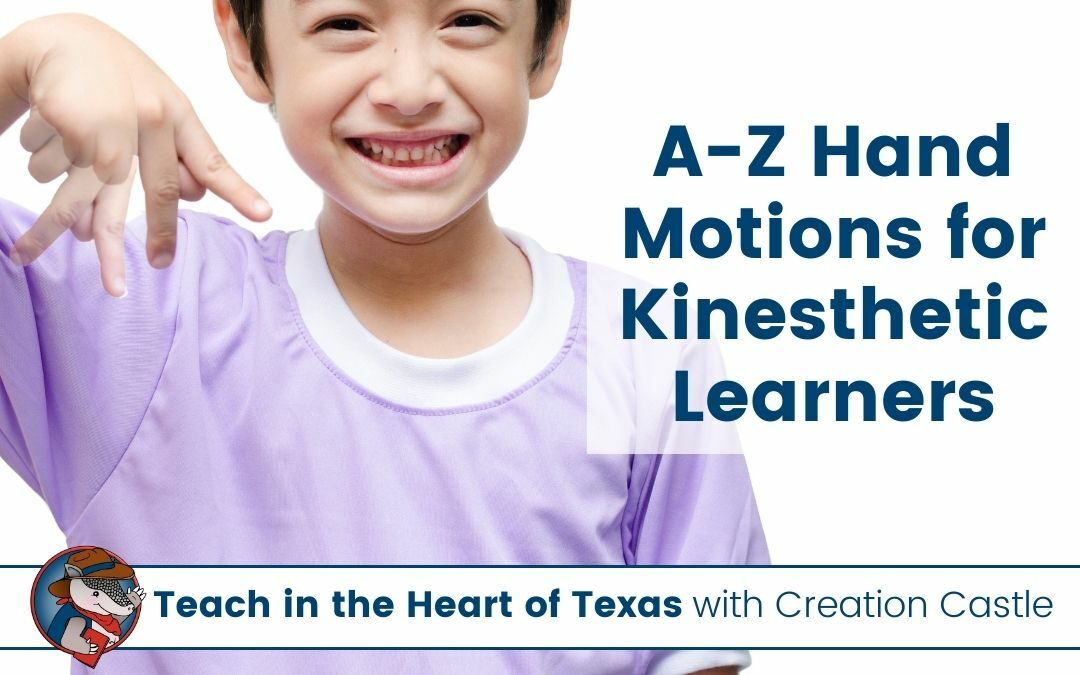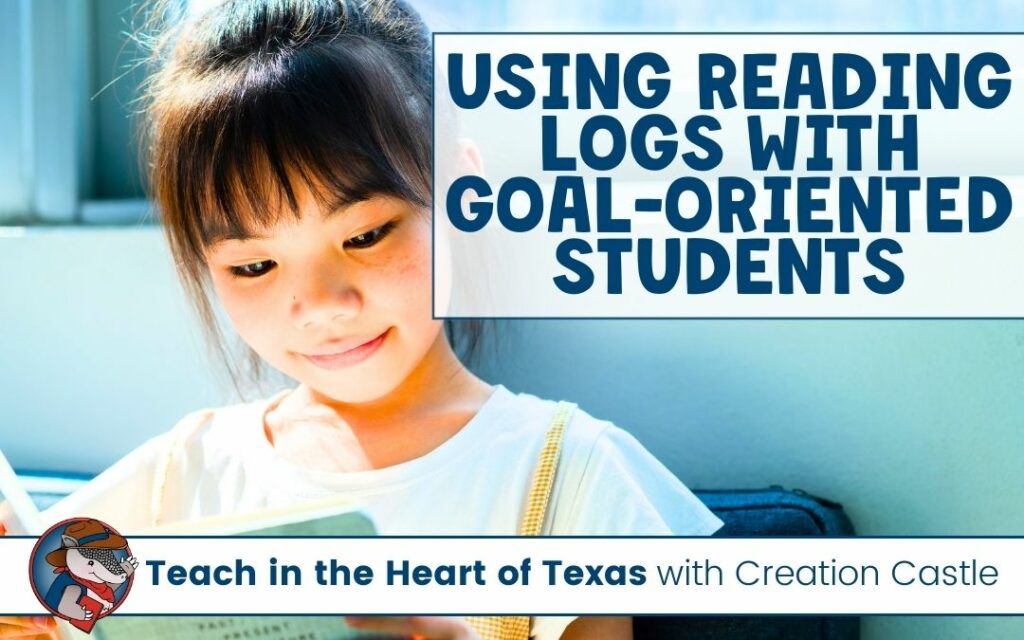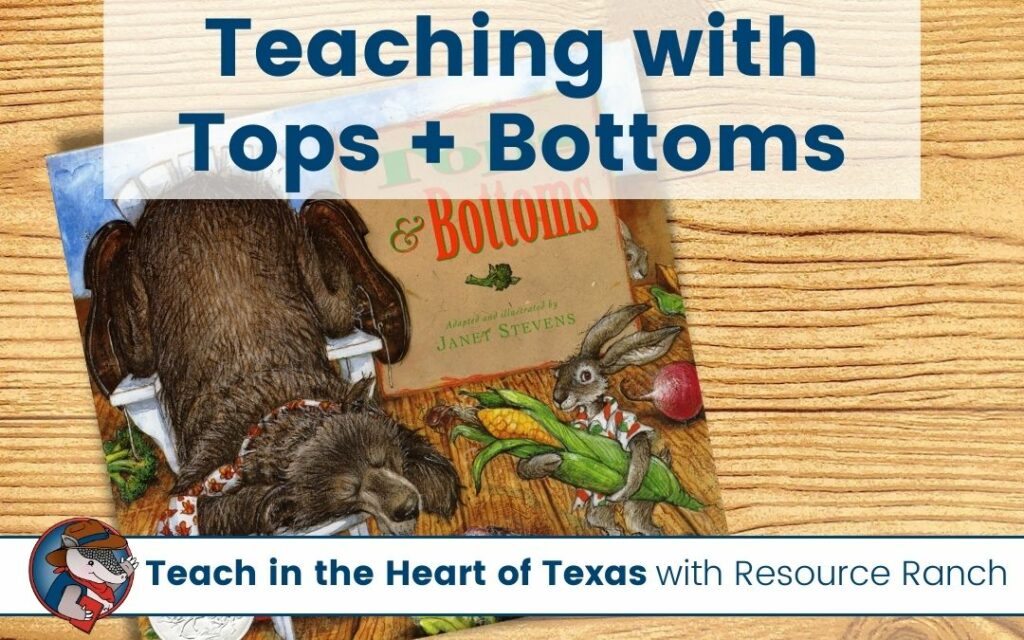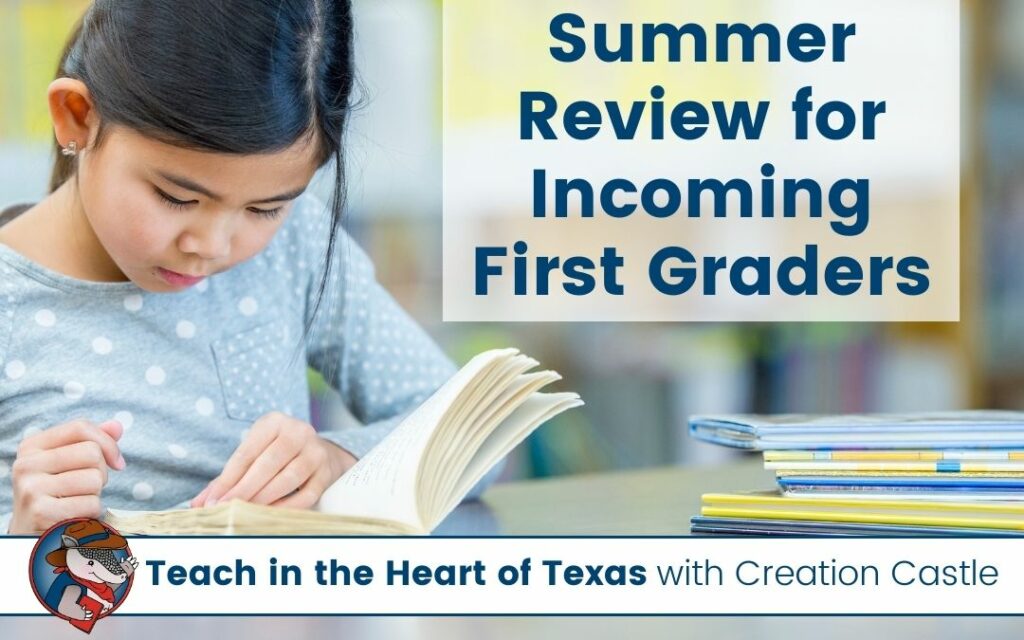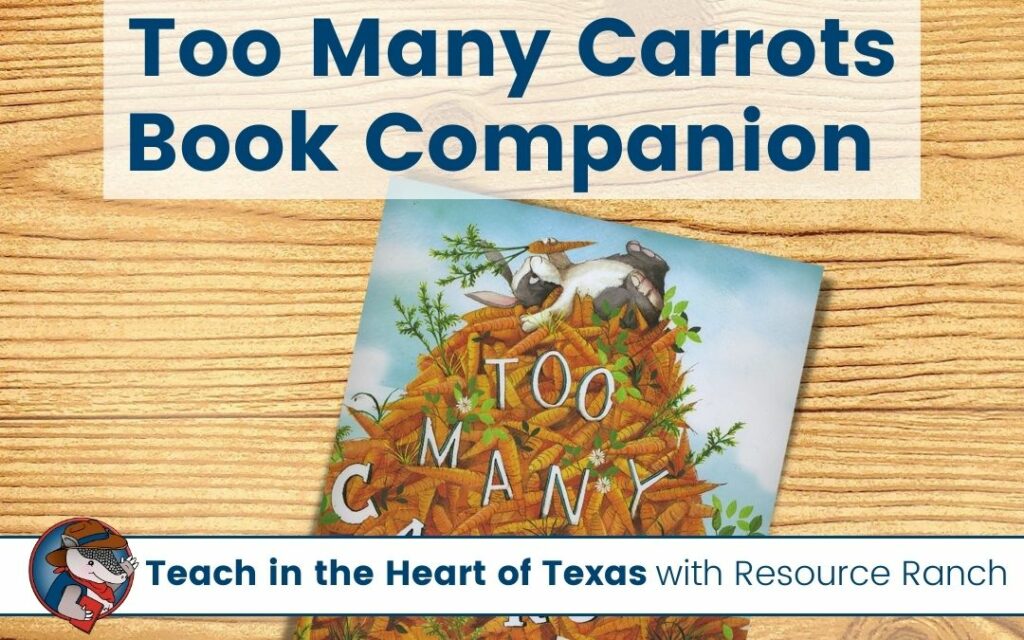A-Z hand motions are a simple and effective teaching tool that can help engage kinesthetic learners, who often struggle to grasp new concepts through traditional classroom methods. Kinesthetic learners prefer the use of movement and physical engagement to better understand the material, and hand motions provide a way to achieve this.
In this blog post, we’ll explore the benefits of using A-Z hand motions as a teaching tool to make learning more fun and interactive for kinesthetic learners.
Quick Links
Four Learning Styles
There are many ways to categorize learning styles, but one common model identifies four main types: visual, auditory, reading/writing, and kinesthetic. Let’s break down these styles and look at some examples of how you can reach each type of learner.
Visual Learners
Visual learners respond best to graphic representations of information, such as graphs, charts, and diagrams. They often have a good spatial sense and enjoy visualizing things in their minds.
For these learners, you could use flashcards or a poster with the letters of the alphabet in large, colorful print. You could also draw pictures of objects that begin with each letter to help students remember the sound and shape of the letter.
Auditory Learners
On the other hand, auditory learners learn best when they hear information presented to them, such as through lectures or audiobooks. They have a strong sense of hearing and are often skilled at detecting subtle differences in tone or pitch.
To reach these learners, you might sing the alphabet song together as a class, or have students listen to an audio recording of the song. You could also recite the alphabet out loud as you point to each letter on a chart.
Reading/Writing Learners
Reading/writing learners, as the name suggests, work best with written materials such as books, handouts, or PowerPoint presentations. They are often avid readers and writers, and may take extensive notes in class or while studying.
This is one of the easier learning styles to find resources for. You could give students with worksheets that feature the letters of the alphabet where they trace letters, identify picures with matching beginning sounds, etc.
Kinesthetic Learners
Finally, kinesthetic learners benefit most from tactile learning. These students excel with a hands-on approach to learning where they can engage all their senses. They may enjoy activities such as building models, performing experiments, or participating in sports. While many people have a dominant learning style, it’s important to remember that everyone can benefit from a variety of teaching methods and techniques.
Incorporate movement into your alphabet lesson by having students form the shapes of each letter with their bodies or using their hands to make the shape of the letter while saying its name. You could also provide tactile materials such as sandpaper letters or letter blocks for students to touch and manipulate as they learn the alphabet.
Kinesthetic Alphabet
One way to make the alphabet more friendly for your hands-on learners is to use hand motions that relate to each letter. Here is a suggested list of a-z hand motions, but you can certainly make substitutions if you think something would resonate more with your students!
A-Z Hand Motions
A: bite an apple
B: bounce a ball
C: cut a piece of paper
D: dance
E: move your arm like an elephant trunk
F: use a hose to put out the fire
G: drink a gulp from a cup
H: feel hot breath on your hand
I: scratch your nose like you have an itch
J: jump
K: kick the ball
L: lick a lollipop
M: rub your stomach and say mmm
N: hammer a nail
O: stand like an opera singer
P: push the lawnmower
Q: put a crown on like a queen
R: walk like a robot
S: move hands to slither like a snake
T: brush your teeth
U: open an umbrella
V: vacuum the floor
W: wiggle your fingers
X: mix a bowl of cake batter
Y: throw a yo-yo
Z: zip your zipper
More Kinesthetic Activities
While A-Z hand motions are great, you’ll probably want to add some resources to your centers. A great way to incorporate hands-on activities for your kinesthetic learners is to use any manipulatives you have in your classroom to build letters. Here are a few ideas to use with your students!
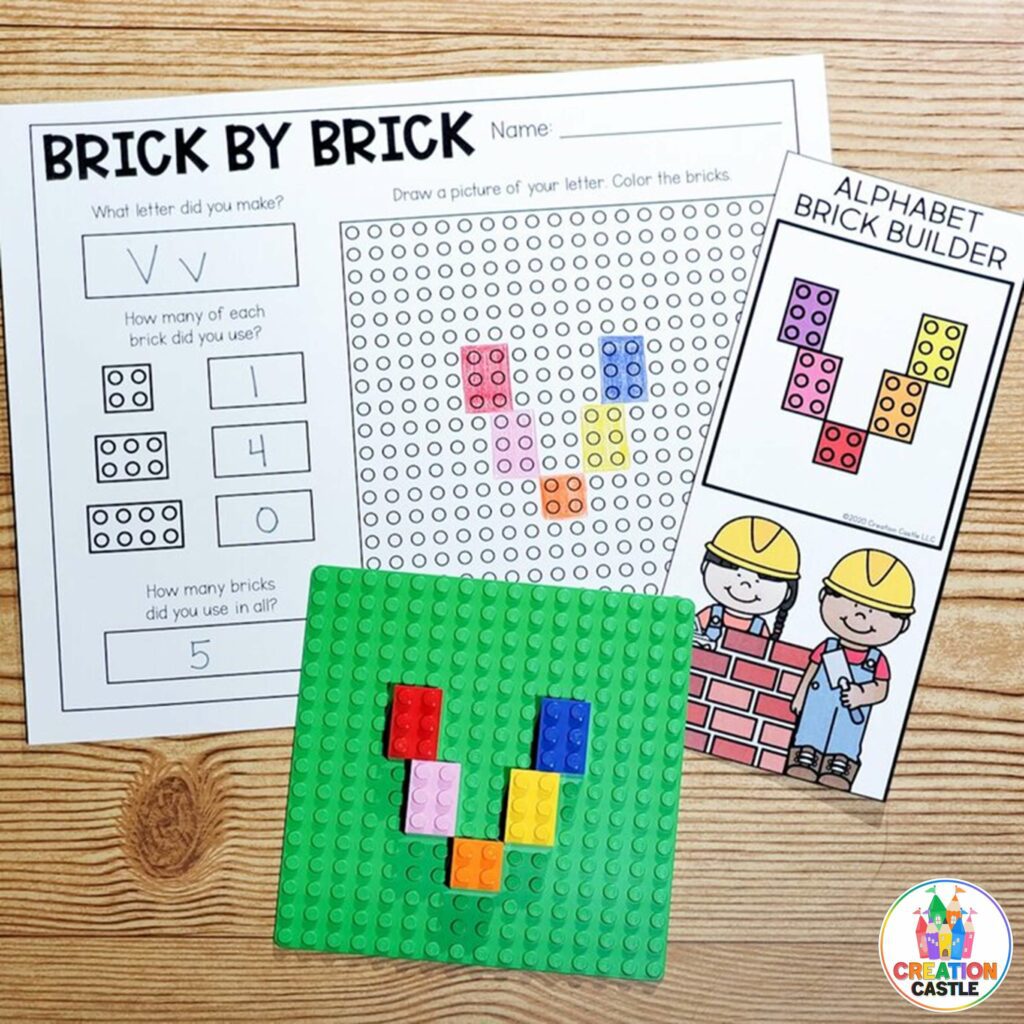
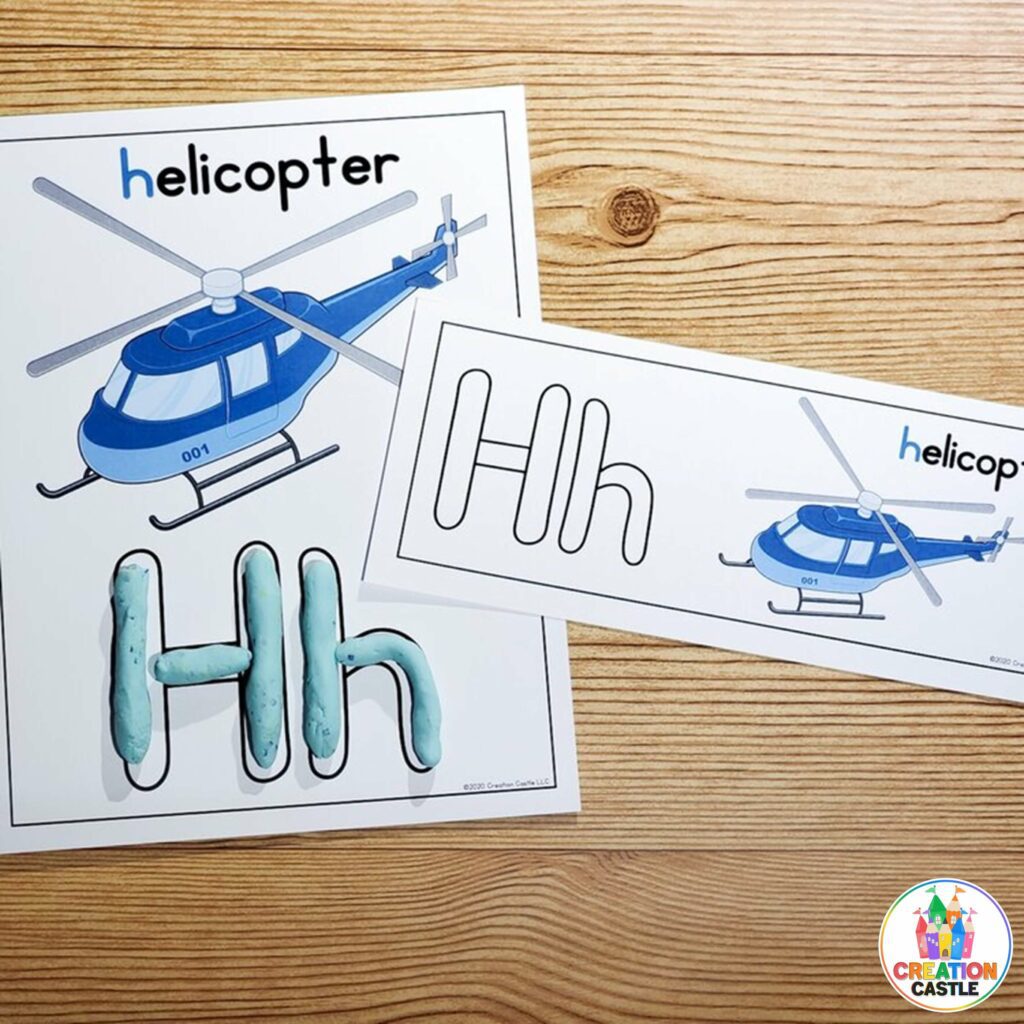
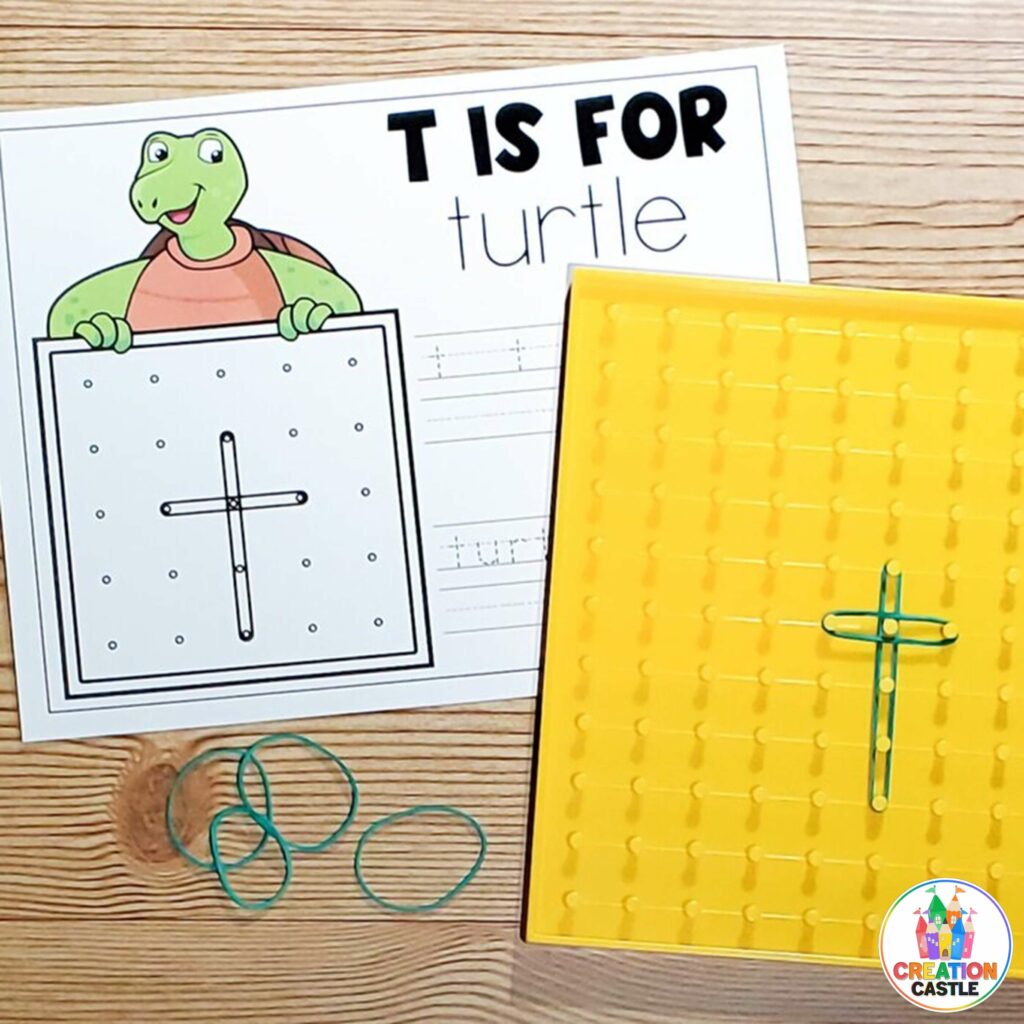
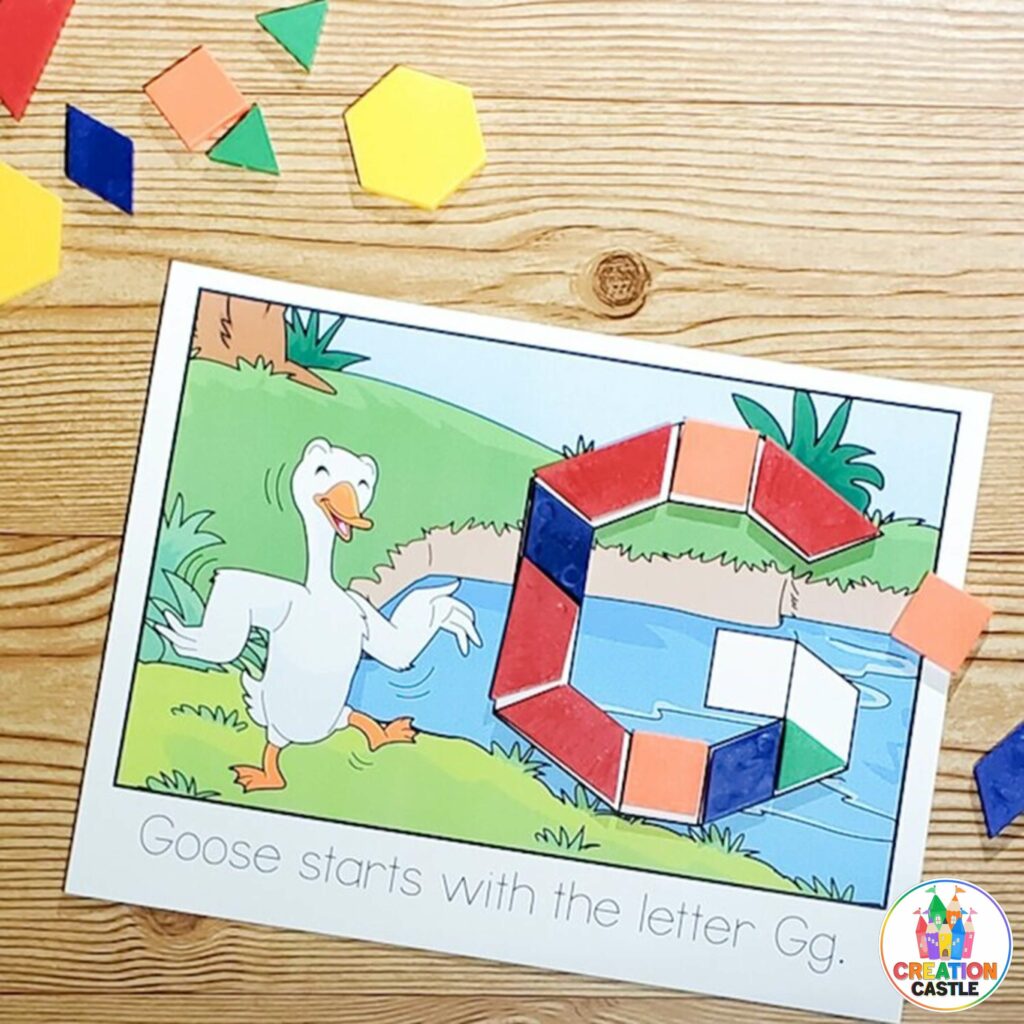
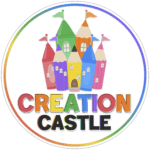
Creation Castle
Heather is the author of Creation Castle. She has experience with general education, special education, and ESL students in kindergarten through fifth grade. She specializes in early elementary math and literacy, as well as organization.

